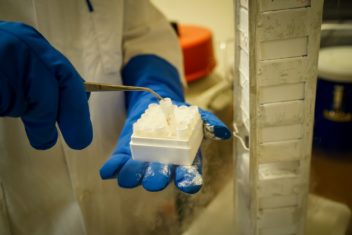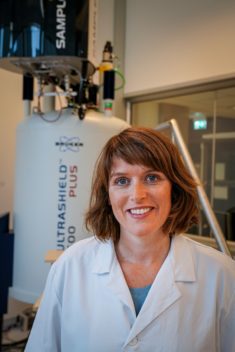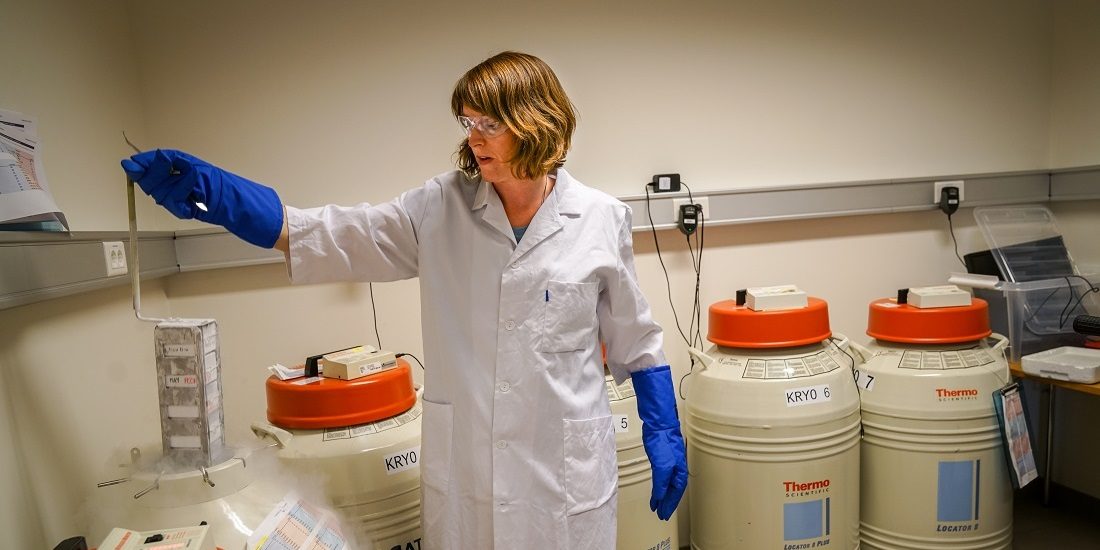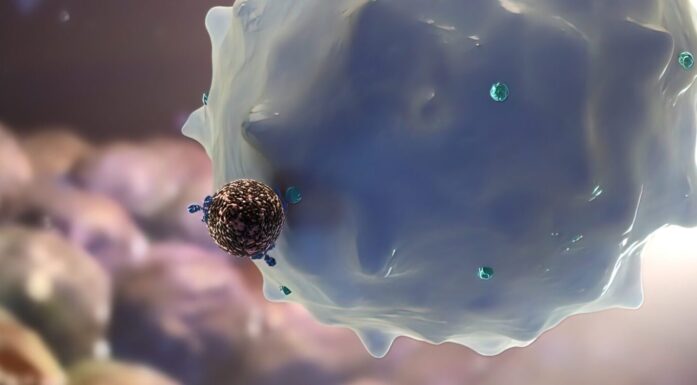Who needs prostate cancer treatment?
Many patients are treated for prostate cancer unnecessarily. Norwegian researchers are working to reduce overtreatment, while at the same time detecting the sickest patients. Now they’re receiving EU support.
Every year around 5000 men in Norway are diagnosed with prostate cancer. This is the most common cancer among men in Europe.
Many different types of prostate cancer cannot be distinguished yet. Researchers have lacked the diagnostic tools to accurately differentiate the aggressive forms from the less aggressive types.
Some patients require aggressive treatment of the disease, but this isn’t always necessary. Inability to assess the extent of the cancer leads to many people being overtreated and subsequent suffering from unnecessary ailments.
A Trondheim-based research group at the Norwegian University of Science and Technology (NTNU) wants to do something about this. Researcher May-Britt Tessem is heading up the team, which is affiliated with the MR Cancer Group at NTNU’s Department of Circulation and Medical Imaging.
The European Research Council, affiliated with the EU, has been so impressed with the work of the Tessem Group that she has been awarded a prestigious European Research Council (ERC) Starting Grant.
- You might also like: The cancer that kills men

May-Britt Tessem is working with basic research on prostate cancer. But her research group is working on MR imaging of the prostate. Photo: Geir Otto Johansen, St. Olavs Hospital
Distinguishing high-risk cancer forms
Tessem is conducting basic research on prostate cancer. Her research group is working on MR prostate imaging.
The group wants to find clinical diagnostic markers that can help prevent overtreatment with its attendant side effects and reduced quality of life. At the same time, the researchers hope to identify the most high-risk cases.
To this end, Tessem and her colleagues aim to provide information about the molecular signature of each patient.
- You might also like: Delivers medicine to cancer cells while sparing healthy cells
New technology
In the research project supported by the EU, Tessem is shifting from studying one type of cancer in a cell line to retrieving tissue from prostate cancer patients in major tissue biobanks.
“To do this, we’ll be using new and groundbreaking imaging technology, called “multi-omics technology,” said Tessem.
The new technology enables a three-dimensional overview of the tissue and what it consists of.
The technology will be used on one and the same tissue sample from around 1000 patients. These samples come from high quality biobanks at NTNU and St. Olavs Hospital: MR Biobank, Biobank 1 and MRI-Guided Biopsies.
- You might also like: Uncovering the secrets of immune system invaders
On the path to a solution
Tessem’s group is building on one of its recent discoveries. It has detected two metabolic biomarkers, which are substances in the body that can be analysed and that tell us something about the condition of the body.

May-Britt Tessem’s research group is now building on its recent discovery of two metabolic biomarkers. These biomarkers can be analysed to give us more information about the patient. Photo: Geir Otto Johansen, St. Olavs Hospital
These two particular biomarkers can reveal information about prostate cancer. The biomarkers appear to determine whether prostate cancer patients are likely to relapse after surgery, so they can be important markers for aggressive prostate cancer.
The markers can make it easier to detect the life-threatening types of prostate cancer that require fast and personalized treatment. These can be detected before receiving treatment in an MRI scanner.
This method could become an important path to developing new medications.
The British Journal of Cancer has accepted and will soon publish the research group’s findings.
Big consequences
The lack of good diagnostic tools has major consequences. Patient exams involve a risk of infection, which is particularly problematic in patients with antibiotic resistance.
Currently, even men with a non-life-threatening form of prostate cancer have their prostate removed, receive radiation treatment and become sterilized from hormone treatment. We know that prostate treatment leaves many patients with a greatly reduced quality of life and significant side effects such as incontinence, erectile dysfunction and depression – in some cases ending in suicide.
Preventing overtreatment is thus a very important aspect of the group’s goals.
Tessem is the fourth NTNU researcher in the Horizon 2020 research programme to receive this kind of ERC Starting Grant, and the first female. The funding of EUR 1.5 million will be spread over five years.





